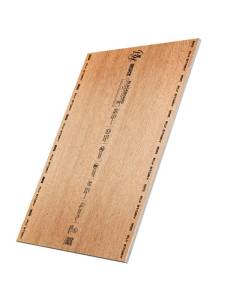
Blockboard, also known as blockboard, is an engineered wood panel offering exceptional strength and stability compared to traditional plywood. This makes it a highly versatile material ideal for a wide range of construction and furniture-making projects. This detailed description explores its key features, benefits, and applications.
Blockboard is a high-performance engineered wood product offering an excellent balance of strength, stability, and cost-effectiveness. Its versatility makes it a popular choice for a wide range of applications, from furniture making to construction. Consider blockboard for your next project requiring a strong, reliable, and easy-to-work-with wood panel.